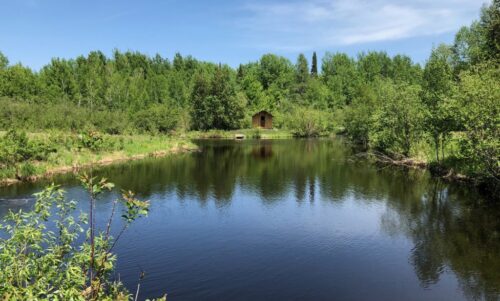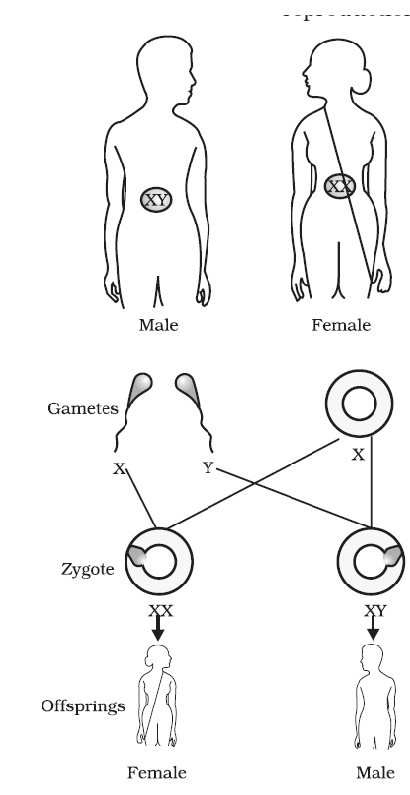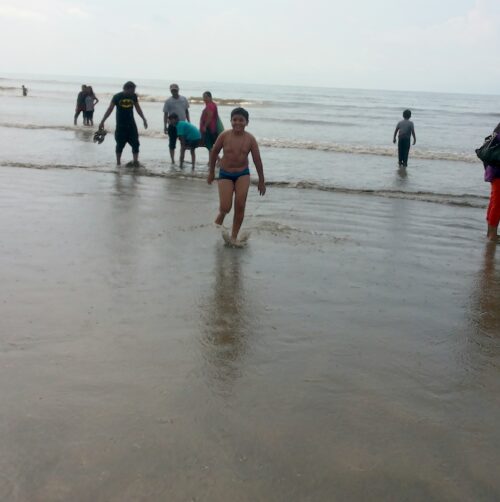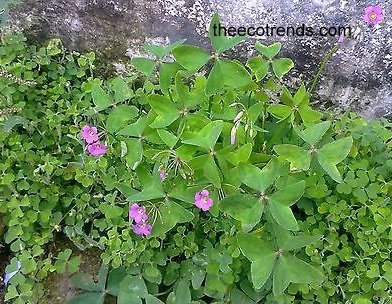Aquatic ecosystem comprises fresh water ecosystem and marine ecosystem.
Fresh Water Ecosystem
This ecosystem comprises running water systems (Lotic) and stagnant water systems (Lentic).
Producers in running or Lotic type of ecosystem comprise species of algae, and plants that grow on embankments. Various varieties of molluscs, tadpoles, and insects are primary consumers whereas fish, crabs, and crustaceans are secondary consumers of this ecosystem. Numerous species of bacteria and few species of fungi act as decomposers in this ecosystem.
The Lotic type of fresh water ecosystem comprises ponds, lakes and ditches.
A pond may be divided into three distinct zones- Littoral, Limnetic, and Profundal.
The Littoral is the shallow water zone and principal producers of this zone are rooted plants like Sagitaria, Ranunculus, and Cyprus. Some molluscs and insects are primary consumers whereas snakes, frogs etc. are secondary consumers of this zone.
The Limnetic zone is a well-lighted and open zone.
Phytoplankton, algae and free-floating plants are principal producers of this zone. Varieties of insects and tadpoles act as primary consumers of this zone.
Profundal is the darkest zone of a pond or lake and it usually does not contain producers. Tortoises and big fishes go for rest in this zone. However, this zone teams up with vast varieties of decomposers who decompose dead body parts of plants and animals deposited in the sediment of the bottom.
Marine Ecosystem
Ecosystems of oceans and salt lakes are called as Marine Ecosystems. These are Open Sea Ecosystem, Coastal Ecosystem, and Estuarine Ecosystems.
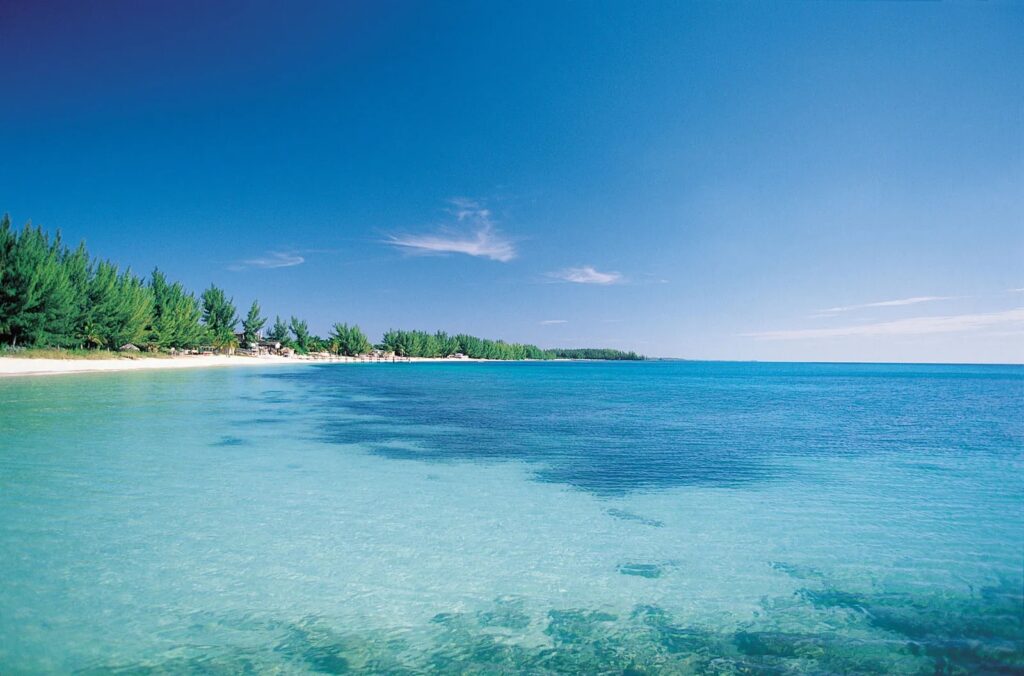
The open sea ecosystem is found in the area of sea beyond the shore region or beyond the continental shelf.
Some important producers of this region are diatoms, brown and red algae. Crustaceans, small fishes and molluscs are remarkable primary producers of this region. Big fish species are secondary consumers of this region. Decomposers are mostly found in the ocean floor.
The Coastal Ecosystem covers the area of continental shelf. It is sub-divided into intertidal, littoral and neritic zones.
The intertidal zone is the area where sea waves come and go regularly. The littoral zone is the floor of the ocean whereas the neritic zone is the shore area which is always covered with shallow water.
Major producers of the coastal ecosystem are phytoplankton, red-algae and sea-weeds. Consumers of this area are Zooplankton, unios, and small fish. Seal, crustaceans, turtles, and visiting big fish are other consumers seen in this region.
Numerous species of sea-birds act as top consumers in this region. Species of bacteria, fungi and insects, and also some species of birds act as decomposers in this ecosystem.
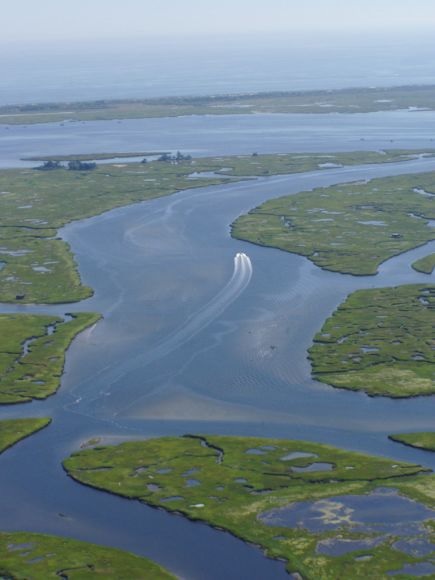
Estuaries are ecosystems found in the junction areas of soft and marine waters. This ecosystem remains full of producers, consumers, and decomposers.
Various species of sea-weeds, algae and other plants function as producers whereas zooplankton, small crustaceans, larvae, tadpoles, crabs, tortoises, various fish species etc. are principal consumers of this region.
Many species of sea-birds act as top consumers whereas numerous species of bacteria, fungi and insects act as decomposers in an estuary.

